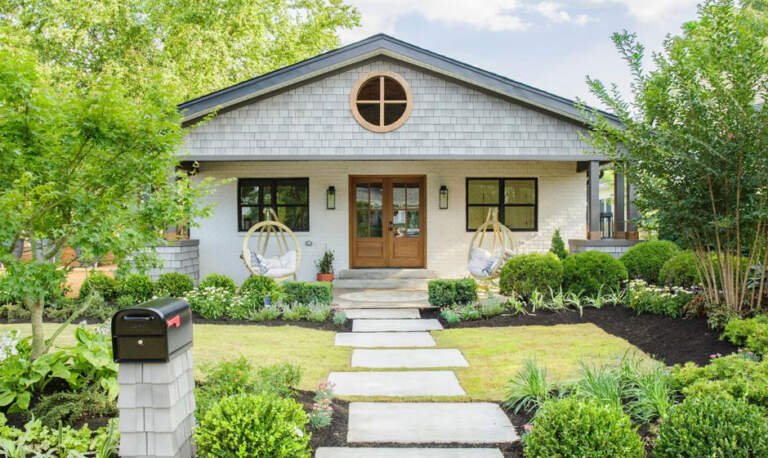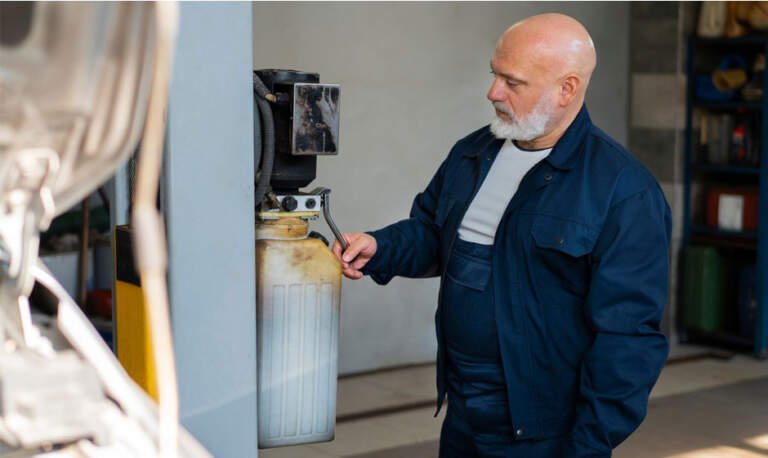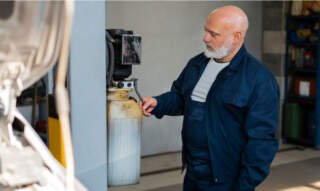As we age, it can become easy to be less active than we used to be. This isn’t just a case of perhaps having less energy. Many people get stuck in routines even in retirement, leading to them overlooking some of the pleasures of life that can be mentally and physically healthy for them.
This is where taking a little time to gather up your gear and head outdoors can be positive. There is a wealth of opportunities for seniors to be close to nature, get some exercise, and discover new experiences.
Exploring Nature
Spending time in the natural world is more than just a wonderful way to spend your time. It also has some significant physical and mental health benefits for older adults. When you’re properly equipped, outdoor activities are recognized to reduce stress, depression, and anxiety — not to mention that they’re associated with healthier sleep, which can boost your immune system.
Some of the enriching ways you can explore nature include:
- Hiking: Hiking can be a great activity, from short and gentle strolls through the woods to longer and more challenging trails. It is also a wonderful opportunity to just be around nature and feel closer to wildlife while getting some exercise.
- Birdwatching: Sitting with a pair of binoculars, a birdwatching guide, and a journal is both a relaxing and fascinating way to spend time. Birdwatching also tends to be something you can do almost anywhere, from the woods to parks, and even your own backyard.
- Camping:For aging people, spending time in nature through camping can offer physical and mental health benefits, including fresh air, exercise, and relaxation. Choosing mild weather can help older campers enjoy nature while accommodating their comfort levels, though you can camp during any time of year if you prepare properly.
- Photography: In recent years, photography has become more accessible. Most basic smartphones today have cameras and free open-source editing software is readily available, though different pieces of nature photography gearcan boost your efforts. You can capture shots of natural landscapes or wildlife, all the while enjoying the benefits of spending time outdoors. You might even be able to monetize this hobby by selling prints of your work.
The key is to meaningfully connect with nature in ways that enrich your life. Think about what you’d most like to explore outdoors and follow your curiosity. There will be various activities that support the type of relationship you want to have with the outdoors, which also boosts your overall well-being.
Outdoor Sports and Exercise
Staying active is one of the keys to a heart-healthy lifestyle that can reduce the risk of cardiac arrest. It’s still important to be aware of the indicators of cardiac arrest — such as chest discomfort and sudden weakness. This vigilance helps you to stay safe during your outdoor exercise, after all. Given that prevention is better than cure, though, mindfully incorporating appropriate outdoor sports and exercises into your life is a way to boost your resilience without putting excessive strain on your body.
A couple of options to consider include:
- Swimming: Swimming is often considered a great form of exercise for older adults because it is relaxing while giving your whole body a workout. The buoyancy of your body being underwater can also put less strain on your joints and muscles than sports on dry land. Outdoor swimming, whether in pools or the sea, is a way to get the benefits of nature while participating in sport.
- Cycling: Heading outdoors on a bike combines exploration of the outdoors with aerobic activity. You’ll find you breathe more deeply, stimulate your circulation, and gently raise your heart rate. Not to mention that cycling can help you improve your posture and musculoskeletal health. You could cycle around local parks or take bike trails through the woods.
Another thing to think about when choosing a sport or exercise is whether you want to keep to yourself, or join a team. One of the benefits of a senior sports team is that you can socialize with like-minded people, which can combat isolation.
Engaging with the Community
Another method of connecting with the outdoors in a holistically positive way is to join community-based projects. Many initiatives are focused on outdoor pursuits, either in neighborhoods or in areas of natural beauty. This allows you to make a positive difference, gain the physical and mental health benefits of being outdoors, and build new relationships with people who live nearby.
You could take part in:
- Citizen science: Many communities work with local universities or government departments to host citizen science projects. These can take various forms, from tracking wildlife habitats in your area to observing flower growth, among others. Organizations, like SciStarter, keep databases of projects in different locations.
- Rewilding projects: At the moment, there’s a lot of focus on rewilding green spaces in urban locations. This is about taking patches of land and maintaining them in ways that encourage the growth of wildflowers and plants that support pollinators. Getting involved in these projects has all the benefits of gardening, with added community involvement thrown in.
If part of your retirement is to move house, it can be wise to look for signs that suggest your new city location supports outdoor living. These might include a good number of parks integrated into the urban space. In particular, seek areas with strong outdoor cultures, where locals invest in green spaces, bicycle paths, and trails. You can find that such locations have communities that are dedicated to healthy relationships with nature, which tends to include various initiatives and projects.
Conclusion
Aging doesn’t mean you can’t be enriched by outdoor life. Exploring nature while hiking and getting involved with community initiatives are among the activities that are physically, psychologically, and emotionally positive for seniors. If you’re ever uncertain of whether you’re suited to certain types of activity, it’s always important to consult your doctor, though. They’ll help you to establish not just whether you should participate, but also how to do so in a way that fits your specific needs.











